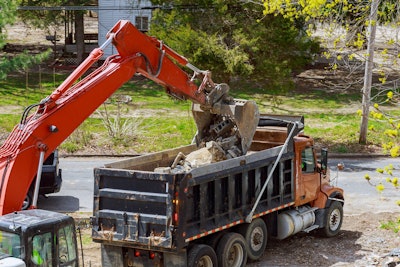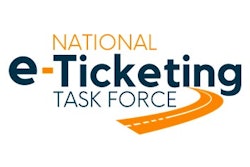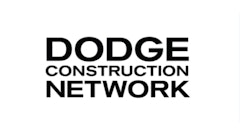
While electronic ticketing (e-ticketing) has been around for a while, it became vastly more popular during the pandemic. Paperless ticketing ensures social distancing for drivers and keeps them safely in their trucks. Insurance industry statistics suggest that over 80% of all driver incidents occur within 25 feet of their vehicle; keeping them in the trucks mitigates the risk to drivers and saves time. E-ticketing has blossomed as users realize significant time savings and efficiency gains for both drivers and back-office personnel formerly tasked with managing the paper tickets. Basic materials such as dirt, mulch, sand and gravel can certainly benefit from e-tickets, but can the same be said for regulated materials?
The short answer is yes.
A patent-pending method to capture, track and store all the required documents digitally, e-regulatory has been developed for the transport of regulated materials. Digitally storing the manifests makes it easy to sort and deliver them as needed, saving vast amounts of time (and space) for haulers, general contractors and the regulating agencies. In addition, it eliminates lost, illegible or misplaced forms. Here’s how it works.
At the point of origin, a manifest is created digitally. The company captures the pertinent data and populates the appropriate sections of the manifest when the driver arrives on site. Once the truck is loaded, the driver obtains an e-signature by sending a text message similar to a docu-sign form. When the e-signature is received confirming completion of load-out, the driver is on his/her way. As the load travels from generator to receiving facility, the route is automatically captured on the form. At the receiving facility, drivers obtain an e-signature by sending another docu-sign-like text message, thus completing the delivery. This is all accomplished while the driver is safely within the vehicle. Back-office personnel can see the entire route once the trip has been completed, thanks to the mapping and GPS functionality. Copies of the completed forms can be transferred automatically to appropriate agencies with no paper handoffs or lost forms. If code officials request to see paperwork from a driver, it is easily shared digitally.
State forms can be used or custom e-manifest forms can be created with a customer’s logo.
A Digital Audit Trail
A turn-by-turn history of the GPS tracking for drivers and subhaulers provides a fast and easy audit trail to track each load from start to finish. Since all records are stored digitally, the company has an audit trail for each load, which can be retrieved and forwarded whenever desired. An industry first, this shows the exact pathway for every load can be verified for auditors from either the regulating agency or the hauler. Haulers can verify that regulated materials, for example, never travelled through residential areas. This also ensures compliance from drivers and subhaulers.
As technology evolves, the benefit of paperless ticketing is becoming available to those hauling regulated materials. Reams of paper are replaced with digital records that are far easier and faster to store and sort. Unlike their paper-form counterparts, digital records take up no physical room. Back-office employees formerly tasked with collecting, sorting, storing and managing the paper forms can now be assigned to revenue generating projects rather than merely documentation. Managing manifests digitally through e-regulatory provides benefits such as efficiency gains that can reach into other areas of the organization.



















